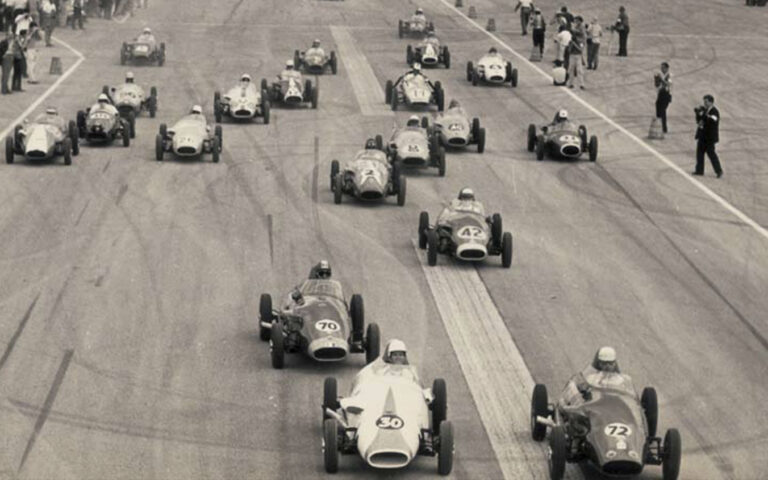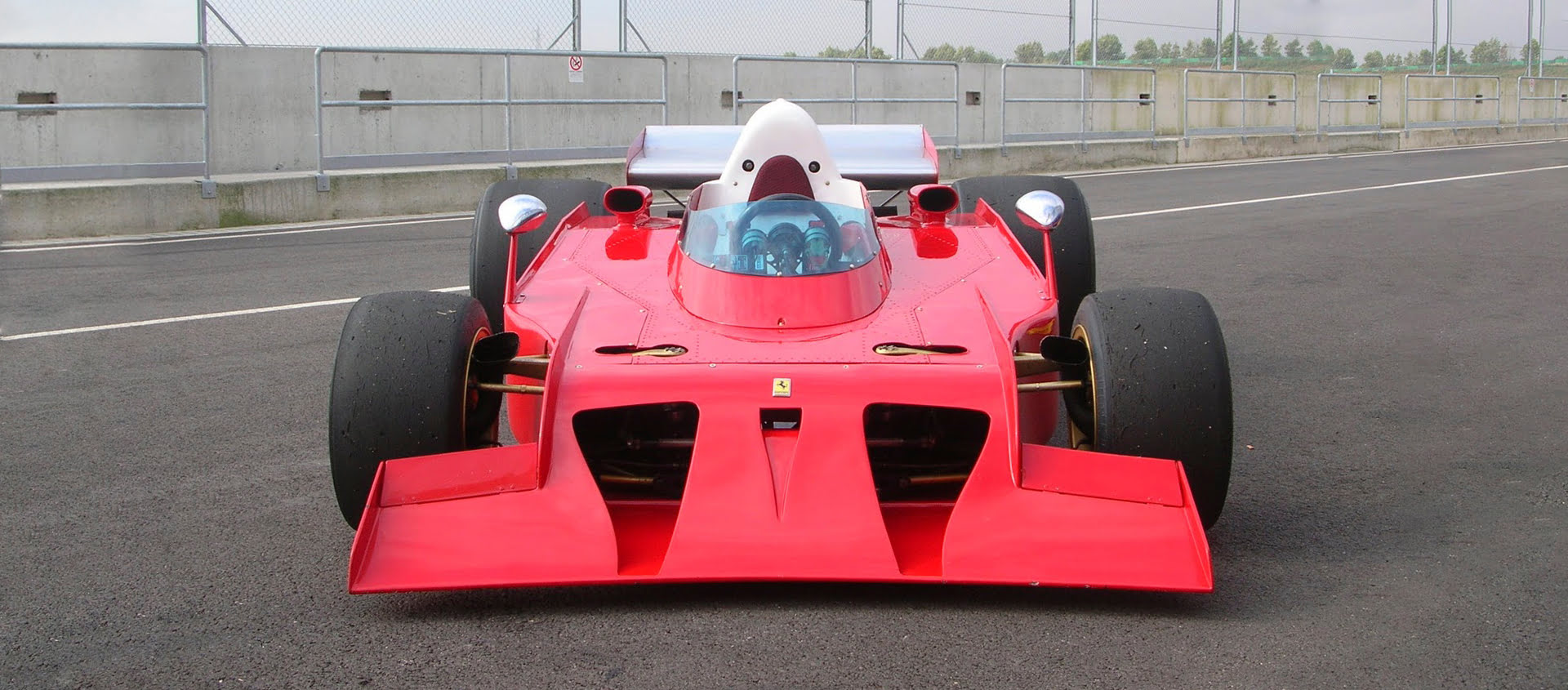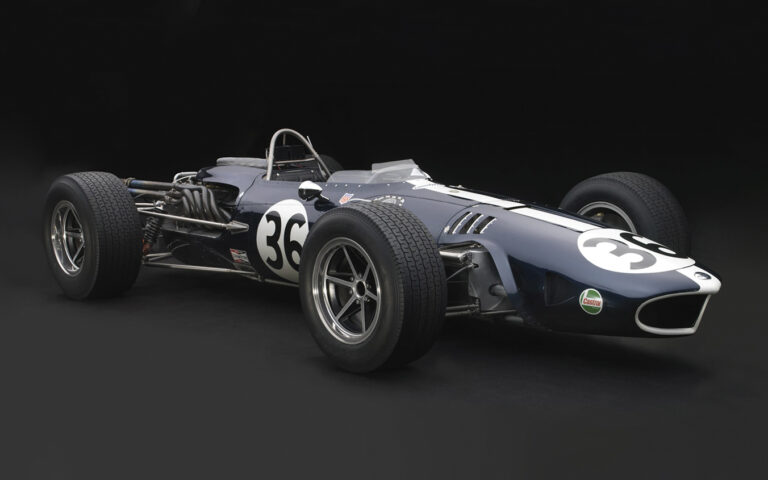Forgotten Legends. The Stanguellini meteor
21 October 2022 4 min read 9 images

There is a passion for cars and racing in the DNA of the Emilians: alongside Enzo Ferrari, the Maserati brothers and Ferruccio Lamborghini, there are many other names, arguably less famous but from the same roots, nonetheless. Among these, a prime example is unquestionably Stanguellini.
Register to unlock this article
Signing up is free and gives you access to hundreds of articles and additional benefits. See what’s included in your free membership. See what's included in your free membership.
Already have an account? Log In


